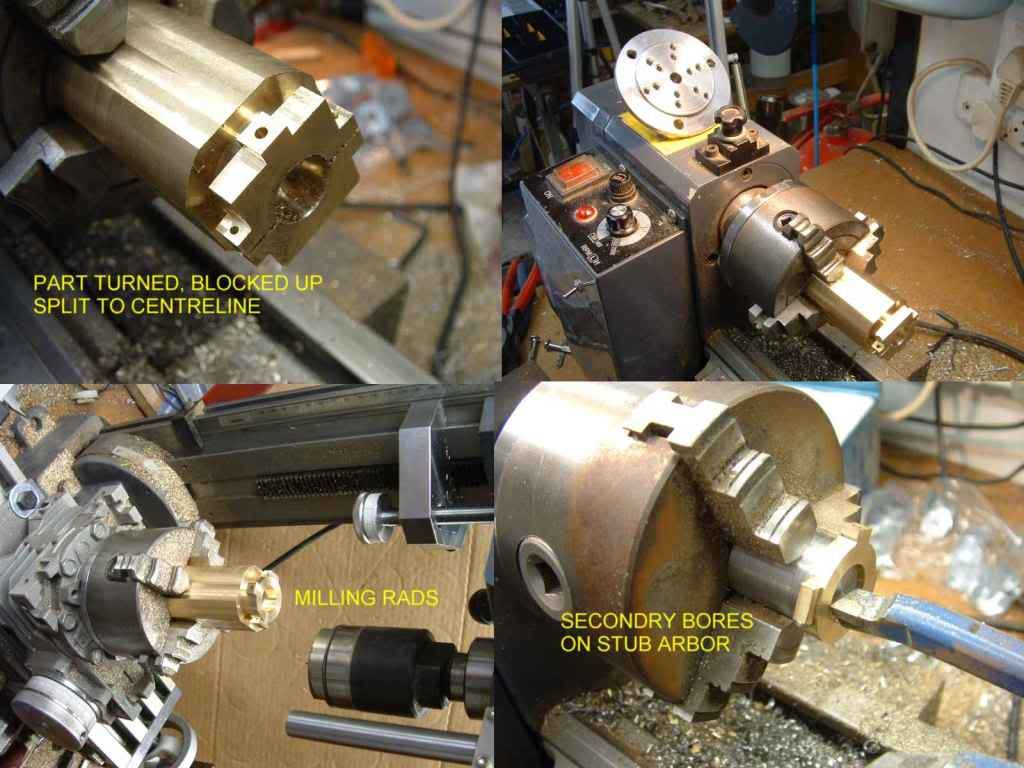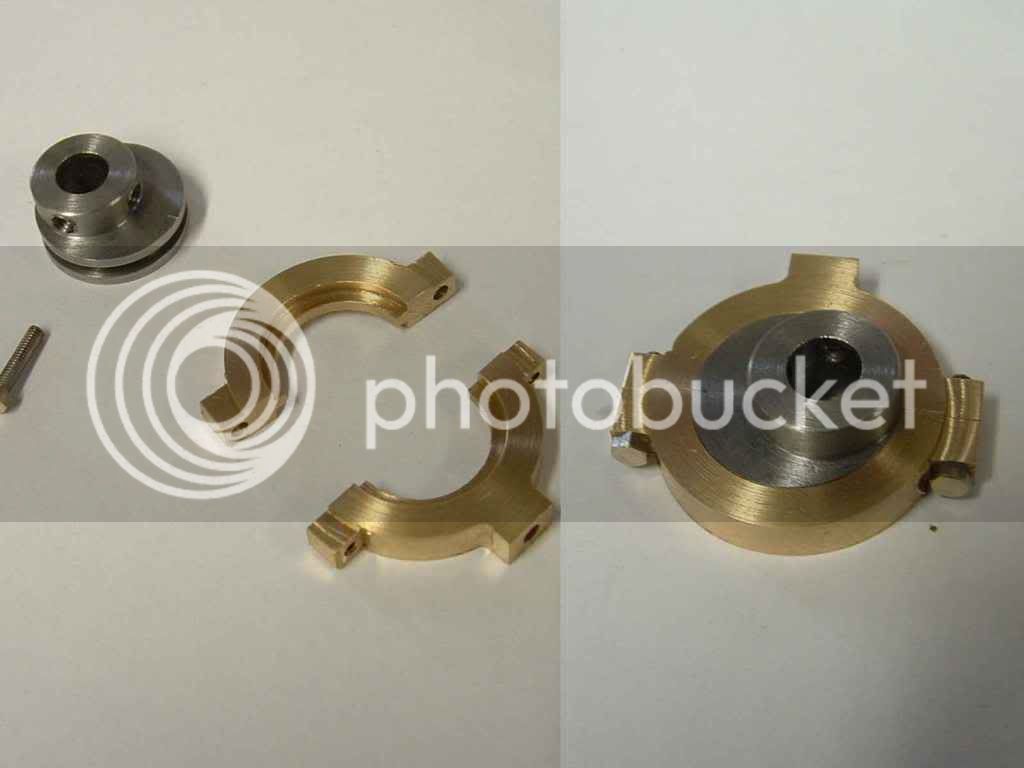Hi Guys,
Im really stymied this time and have no idea of how to do this. I want to make a bearing block for a horizontal shaft. One face of the block must be flat and that flat face parallel to the bore, so that when the block is bolted down, the shaft runs horizontal. Boring, no problem, facing also, but how to get them parallel? I know that this should be a basic technique to get right before I ever make engines.
Thanks yet again,
Ant
Im really stymied this time and have no idea of how to do this. I want to make a bearing block for a horizontal shaft. One face of the block must be flat and that flat face parallel to the bore, so that when the block is bolted down, the shaft runs horizontal. Boring, no problem, facing also, but how to get them parallel? I know that this should be a basic technique to get right before I ever make engines.
Thanks yet again,
Ant






